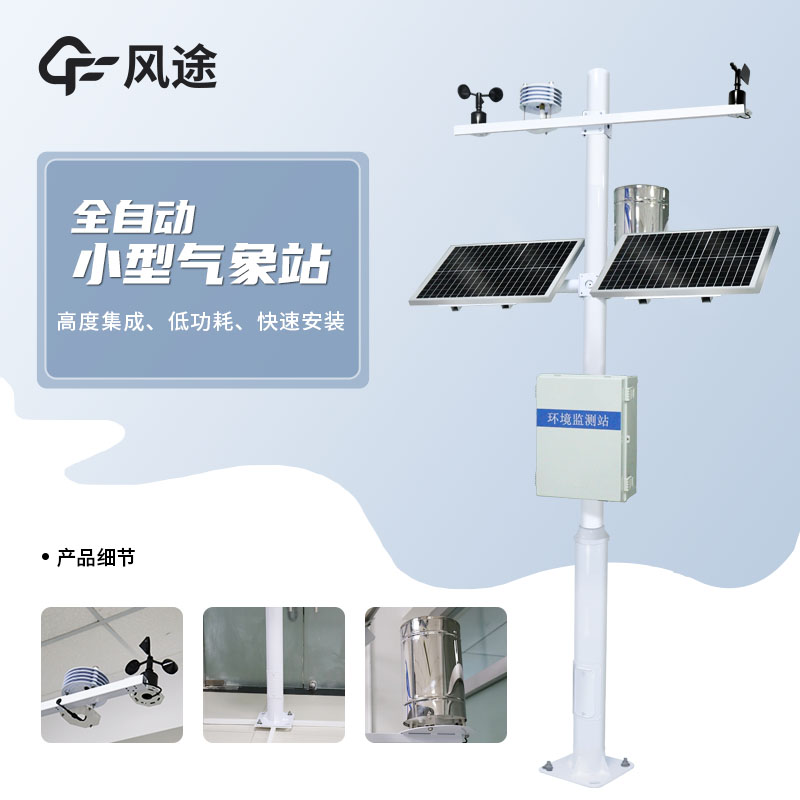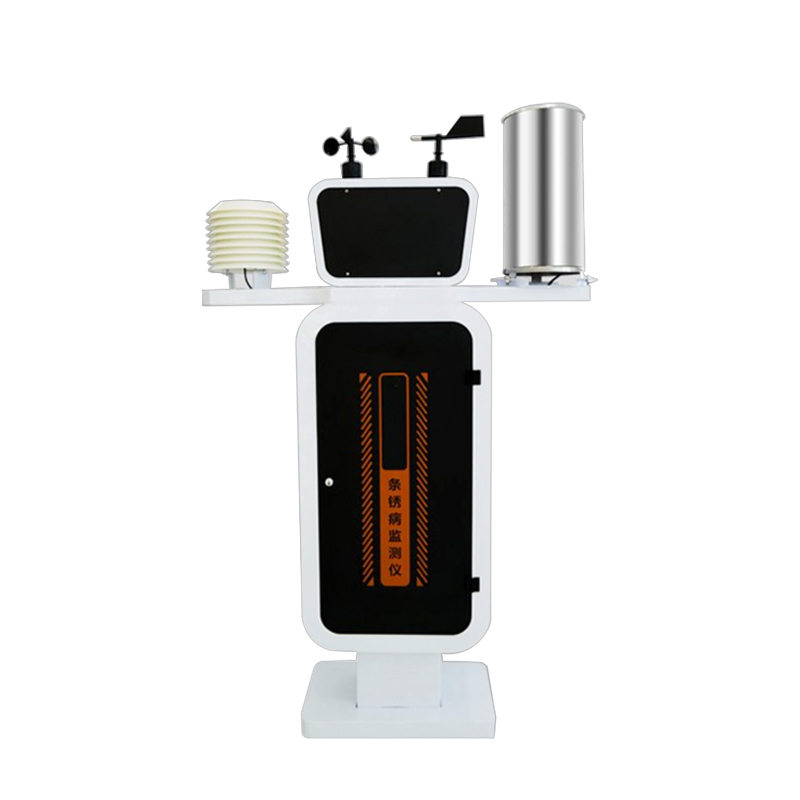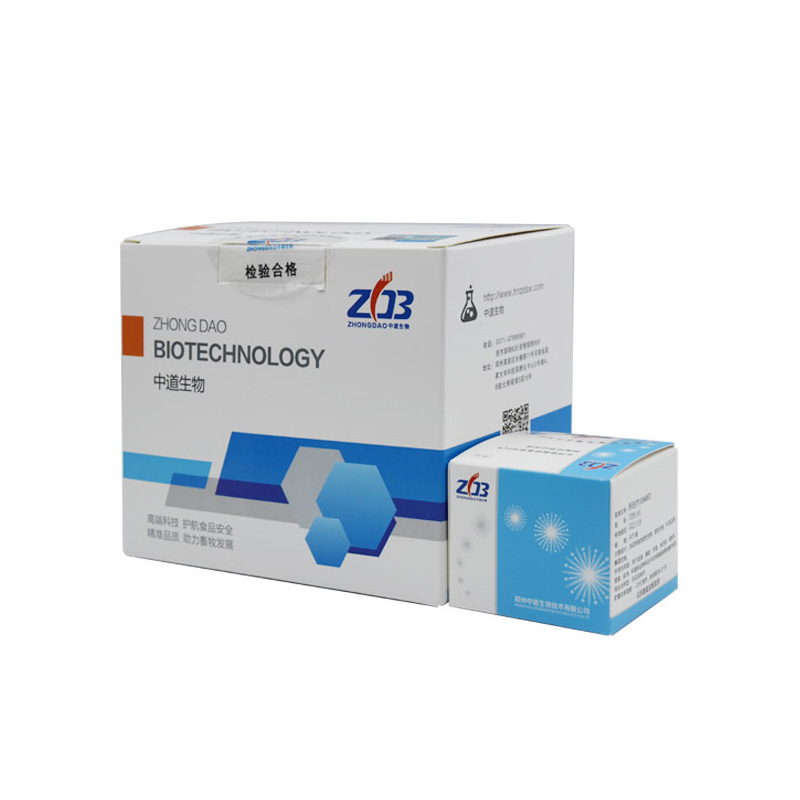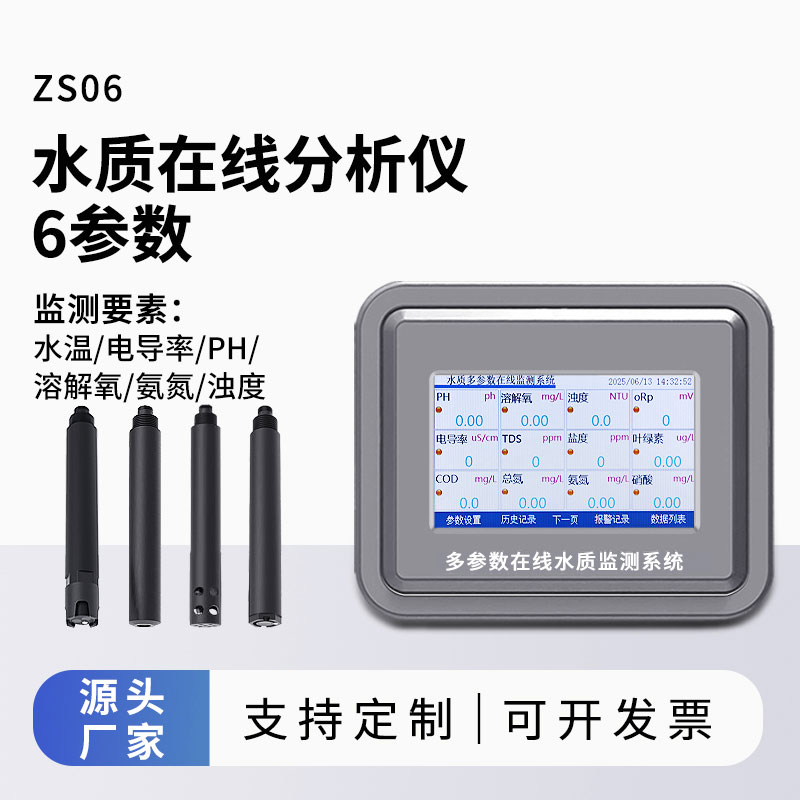The core feature of smart agriculture is the combination of information technology and smart devices to provide visual display, digital design and application of all aspects of agricultural production, operation, management and services. Smart agriculture equipment is an important part of this system, and they use advanced information technology to collect key data. Today, we will introduce several mainstream smart agriculture weather station equipment.
1, Soil Moisture Information Collection Station is an automated monitoring system that is mainly used to collect soil moisture and temperature information. This system includes several key components: a collection instrument that can receive data from multiple sensors at the same time, sensors used to measure soil moisture and temperature, and computer software for data management and analysis.
2. Agricultural monitoring equipment, in simple terms, is a surveillance tool, whether it is fixed in the farmland or aerial patrol via a drone, whose main function is to capture real-time images of the farmland. These images are then transferred to a computer, and using specific analysis software, crop growth can be assessed and possible pest and disease problems can be identified.
3. Water-fertiliser integration technology plays an important role in orchard cultivation, especially in saving water, fertiliser and labour with remarkable results. Specifically, in orchards with irrigation systems, by using fertilisers that can be dissolved in water, especially water-soluble organic fertilisers, and combining with the Internet of Things technology, automated fertiliser application systems and drip irrigation equipment, it is possible to carry out fertiliser application operations at the same time as irrigation.
4. The pest monitoring system is not only capable of attracting and eliminating pests, but also has a number of practical functions. In addition to the basic trapping and killing effects, these systems are equipped with advanced functions such as pest collection, automatic dispensing, drainage and wireless transmission of captured pictures.
Smart agriculture makes agricultural management smarter and more automated through high-tech means. These smart devices are able to collect information on temperature, humidity, light and so on in the farmland to help farmers carry out farming operations more accurately and improve the efficiency and quality of agricultural production. At the same time, smart agriculture also helps to achieve optimal allocation of agricultural resources, reduce waste and protect the environment.

This paper addresses:https://fengtusz.com/industry/281.html









